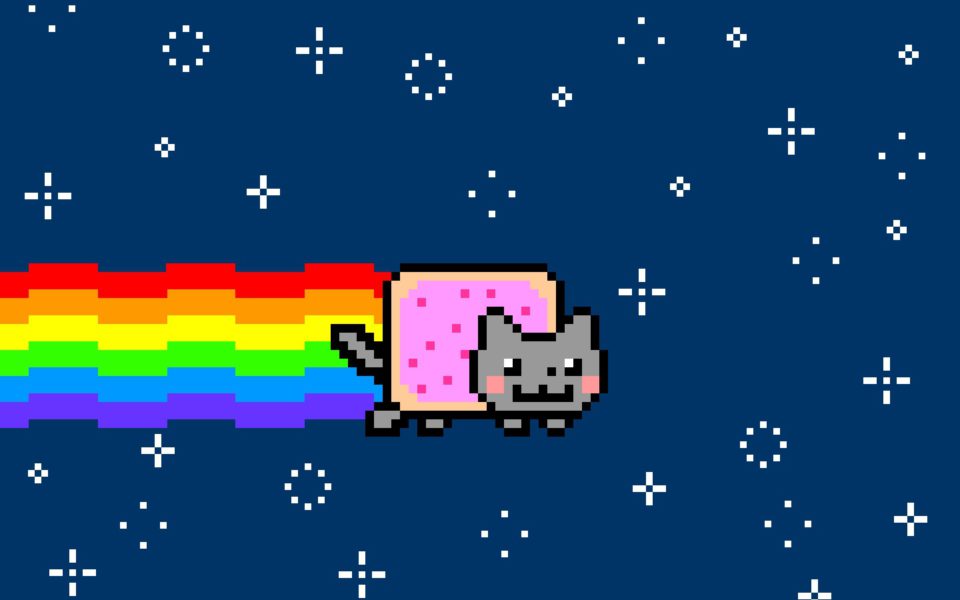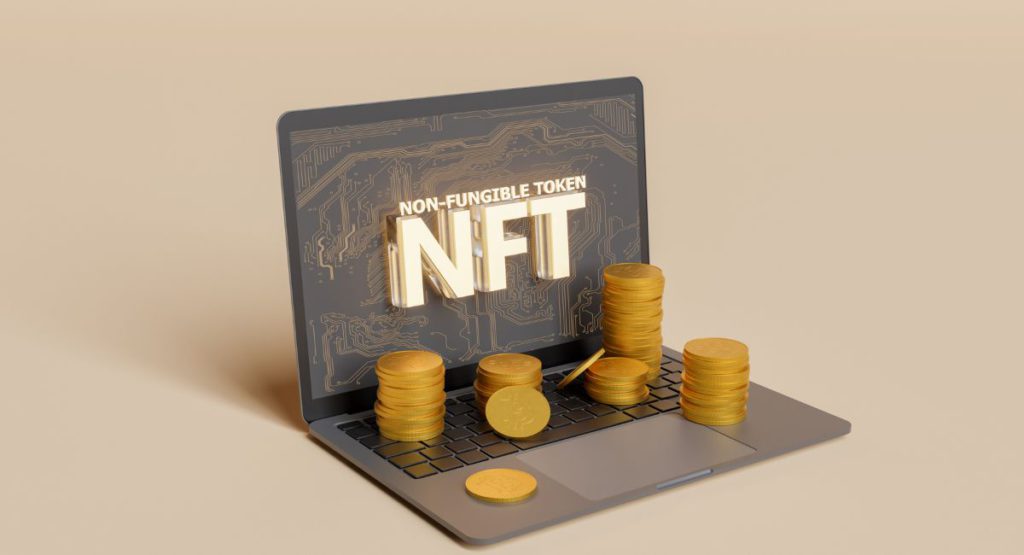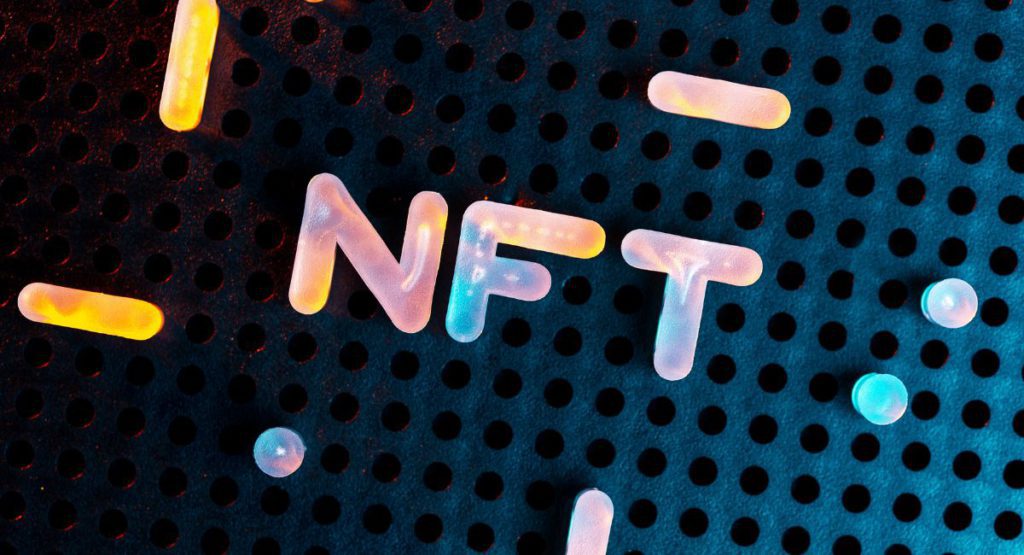The world of NFTs (non-fungible tokens) has exploded in popularity in recent years as people seek out unique and one-of-a-kind digital assets. NFTs have become a hot topic in art, music, and gaming, with millions of dollars spent on these digital assets. As the market for NFTs continues to grow, it is essential to understand the emerging trends and technologies that will shape the future of NFT creation.
Top emerging trends in NFT creation

Blockchain Interoperability
One of the most significant trends in the NFT space is blockchain interoperability. Currently, most NFTs are created on the Ethereum blockchain, but other blockchain networks are starting to emerge as competitors. To enable the seamless transfer of assets between different blockchains, developers are working on solutions that can facilitate interoperability.
One such solution is the use of cross-chain bridges that allow NFTs to be transferred between different blockchain networks. These bridges can help solve the issue of fragmentation in the NFT space, enabling assets to move freely between different ecosystems.
Improved Scalability
As the demand for NFTs continues to grow, scalability has become a significant concern. The Ethereum network, which is currently the most popular blockchain for NFT creation, has experienced significant congestion and high fees due to the high demand for NFTs. To address this issue, developers are exploring solutions such as layer-2 scaling, which involves offloading transactions from the main blockchain to secondary networks.
Another solution being explored is the use of different consensus mechanisms, such as proof-of-stake, which can improve the scalability of the blockchain network. By improving scalability, NFT creators can create and sell more NFTs without worrying about network congestion or high transaction fees.
Integration with Physical Assets
While NFTs have primarily been used to represent digital assets such as artwork and music, there is growing interested in using NFTs to represent physical assets as well. This trend is known as “tokenization,” which involves creating digital representations of real-world assets on the blockchain.
Tokenization can potentially revolutionise how we buy and sell physical assets, such as real estate or collectibles. Creating an NFT representing a physical asset that can be traded on the blockchain, providing increased liquidity and creating new investment opportunities.
AI-Powered NFTs
As the use of NFTs expands, developers are exploring the use of artificial intelligence (AI) to create unique and personalized NFTs. AI-powered NFTs can be created using machine learning algorithms that analyze data and generate unique digital assets.
JUST IN:🚨FIFA Debuts AI-Powered World Cup Soccer Mobile game, with #NFTs coming next #crypto #BTC pic.twitter.com/g06fCsQPKE
— Crypto Macro (@cryptomacro14) April 4, 2023
These AI-powered NFTs can be used in a variety of applications, such as creating personalized digital artwork or generating unique in-game items. This trend has the potential to create a whole new category of NFTs, with unlimited possibilities for customization and personalization.
Gaming and Metaverse Integration
In the gaming industry, NFTs can be used to represent in-game items or assets that can be bought, sold, or traded on the blockchain. This provides a new revenue stream for game developers, who can earn a percentage of the sales of these assets, and also creates new investment opportunities for players. Players can invest in rare or valuable in-game assets, which can appreciate in value over time and be sold for a profit.
The metaverse is an immersive virtual world where users can interact with each other and with digital assets. NFTs can be used to represent virtual land, buildings, and other assets within the metaverse, which can be bought and sold on the blockchain.
Fractional Ownership
One emerging trend in NFT creation is the concept of fractional ownership, which involves splitting the ownership of an NFT into multiple pieces. This allows multiple investors to own a fraction of an NFT and share in its value. Fractional ownership can make NFTs more accessible to a wider range of investors and can create new opportunities for collective investment.
Social NFTs
Social NFTs are a new type of NFT that represent social connections or interactions. For example, social NFTs can represent a digital handshake between two individuals or a digital gift given between friends. These NFTs can be used to represent social capital and create new ways for people to interact and express themselves online.
As the popularity of NFTs has grown, so too has concern over the environmental impact of their creation. The energy consumption required to create and maintain the blockchain networks used to create NFTs has been a significant point of criticism. To address this issue, some developers are exploring more environmentally sustainable alternatives, such as using proof-of-stake consensus mechanisms or creating carbon-neutral NFT marketplaces. Environmental sustainability is likely to become an increasingly important consideration in the NFT space as the technology continues to evolve.
Also, read – Top 5 Things Web3 Experts Are Hoping For In 2023


Conclusion:
As the market for NFTs continues to grow, we can expect to see new trends and technologies emerge that will shape the future of NFT creation. The development of blockchain interoperability and improved scalability will help address some of the challenges facing the NFT space, while the integration of physical assets and the emergence of AI-powered NFTs will create new opportunities for creators and investors alike.
As NFTs become more mainstream, staying up-to-date with the latest trends and technologies is essential to ensure that you are creating and investing in relevant and valuable assets. By keeping an eye on these emerging trends, you can stay ahead of the curve and take advantage of the exciting opportunities that the future of NFT creation holds.
Stay informed with daily updates from Blockchain Magazine on Google News. Click here to follow us and mark as favorite: [Blockchain Magazine on Google News].
Disclaimer: Any post shared by a third-party agency are sponsored and Blockchain Magazine has no views on any such posts. The views and opinions expressed in this post are those of the clients and do not necessarily reflect the official policy or position of Blockchain Magazine. The information provided in this post is for informational purposes only and should not be considered as financial, investment, or professional advice. Blockchain Magazine does not endorse or promote any specific products, services, or companies mentioned in this posts. Readers are encouraged to conduct their own research and consult with a qualified professional before making any financial decisions.